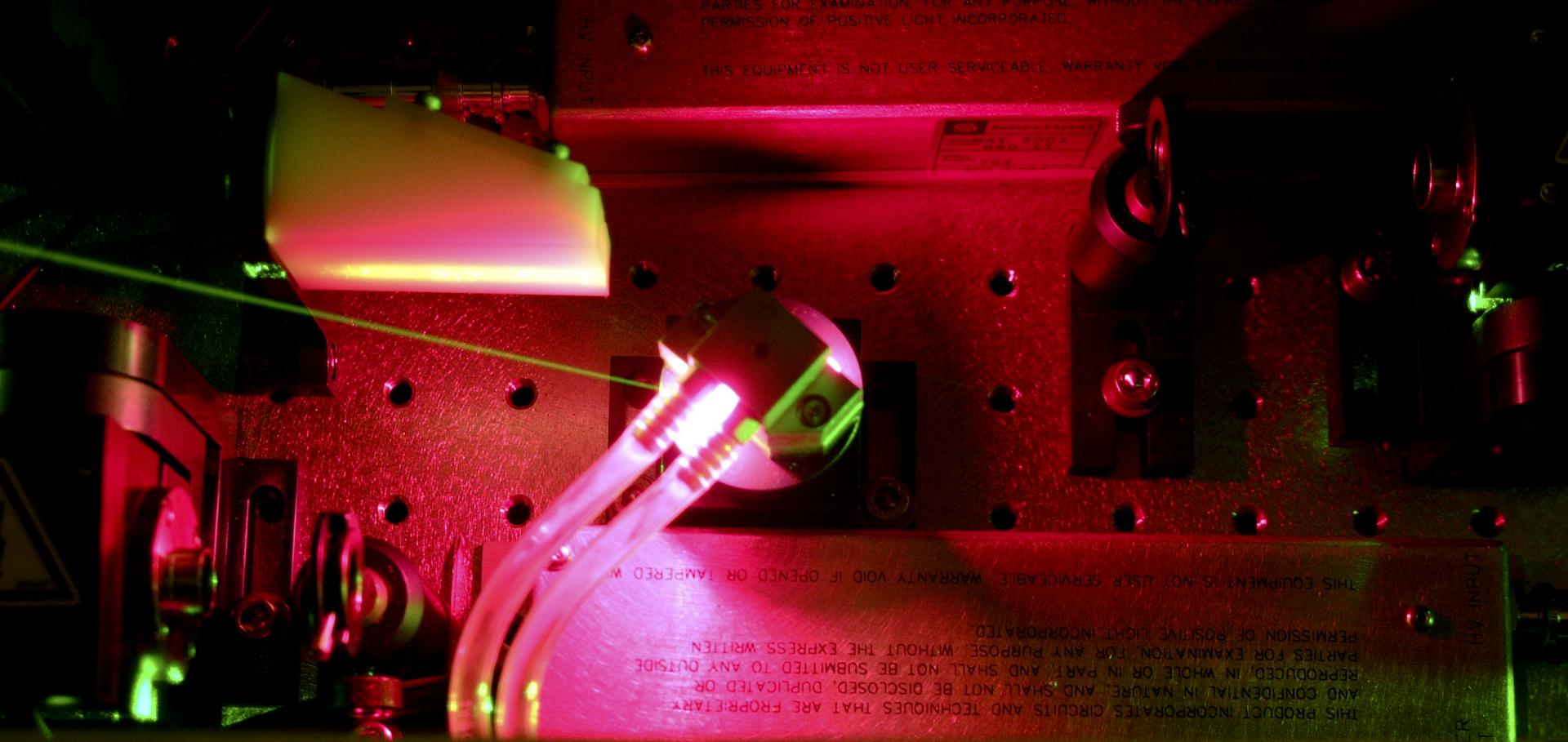Simulations of a hydrogen-filled capillary discharge waveguide
Physical Review E - Statistical Physics, Plasmas, Fluids, and Related Interdisciplinary Topics 65:1 (2002)
Abstract:
A one-dimensional dissipative magnetohydrodynamics code is used to investigate the discharge dynamics of a waveguide for high-intensity laser pulses: the gas-filled capillary discharge waveguide. Simulations are performed for the conditions of a recent experimental measurement of the electron density profile in hydrogen-filled capillaries [D. J. Spence et al., Phys. Rev. E 63, 015401 (R) (2001)], and are found to be in good agreement with those results. The evolution of the discharge in this device is found to be substantially different to that found in Z-pinch capillary discharges, owing to the fact that the plasma pressure is always much higher than the magnetic pressure. Three stages of the capillary discharge are identified. During the last of these the distribution of plasma inside the capillary is determined by the balance between ohmic heating, and cooling due to electron heat conduction. A simple analytical model of the discharge during the final stage is presented, and shown to be in good agreement with the magnetohydrodynamic simulations. © 2001 The American Physical Society.First demonstration of guiding of high-intensity laser pulses in a hydrogen-filled capillary discharge waveguide
Journal of Physics G: Atomic, Molecular and Optical Physics 34:21 (2001) 4103-4112
Investigation of a hydrogen plasma waveguide
Physical Review E - Statistical, Nonlinear, and Soft Matter Physics 63:1 II (2001) 1-4
Abstract:
A hydrogen plasma waveguide for high-intensity laser pulses is described. The guiding channel is formed by a small-scale discharge in a hydrogen-filled capillary. The measured lifetime of the capillary is inferred to be greater than 106 shots. The results of interferometric measurements of the electron density in the capillary are presented. The guiding channel is found to be highly ionized with an axial electron density of 2.7 ×1018 cm-3, and parabolic, the curvature corresponding to a matched spot-size of 37.5 μm. ©2000 The American Physical Society.Investigation of a novel hydrogen plasma waveguide for high-intensity laser pulses
Optics InfoBase Conference Papers (2001)
Abstract:
We present measurements of the electron density profile in the guiding channel of a novel plasma waveguide. The results of experiments to demonstrate guiding at peak intensities of >10−17 W cm−2 will be presented.Investigation of a hydrogen plasma waveguide.
Phys Rev E Stat Nonlin Soft Matter Phys 63:1 Pt 2 (2001) 015401


